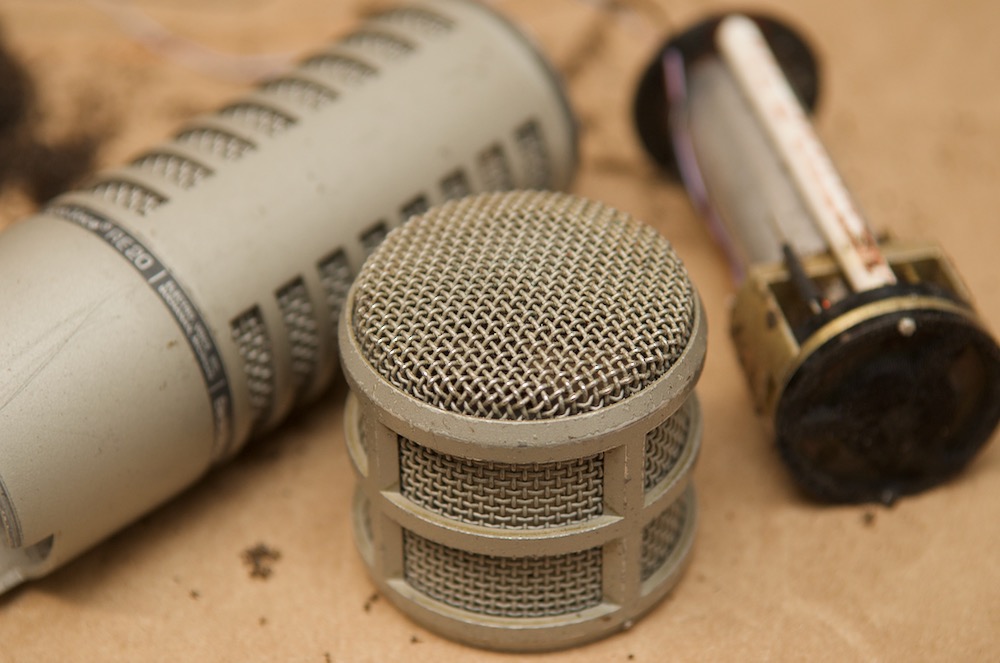The blog has been a little bit Drupal-heavy the past couple months, as I've been stalled a bit in terms of my 'maker'-style projects and other hardware-based projects. The main reason for that is this guy:

I'm halfway through rebuilding/re-foaming an old Electro-Voice RE20, beloved by many a radio personality, and the process has taken a bit longer than I expected!
I've been doing a lot more screencasts lately, and as part of my retooling of my downstairs office for better screencast quality, I'm also trying to get the best possible audio recordings. The RE20 is one of the best mics I've ever used in terms of taking a not-professional-voice (like mine) and making it sound halfway decent.
I have a few old beat up RE20 mics in a box, and I've been testing each one out to see how they sound—it's amazing the variance after 20+ years in service at local radio stations! I'm working on a very detailed blog post on the process of tearing them down, cleaning them up, replacing the foam innards, and then re-testing them to see if I can get them close to their original specs (or at least better than they were initially!).
I'm excited that I'm nearly finished re-foaming the first (and most disgusting) mic. In the picture at the top of this post you can see it stripped down to the base elements—the body, the mic capsule, and the head of the mic (which is shown fixed here—it was originally pretty banged up!). I have a ton more pictures, and will likely produce a video of the repair process too, so stay tuned!
Comments
I recently put new foam on a RE20 and when I reassembled the mic I found it to now sound very thin. Any ideas what might have gone wrong?
There's a good chance the foam got pressed against the mic capsule somewhere that's restricting the movement of the diaphragm, or you might've accidentally broken one of the tiny wires in the voice coil. Best way to test if this is the case is to take it partially back apart so the mic capsule/body is free from the foam again, then plug in the mic and test to see if it's still thin. If it's still thin, you might have a paperweight. If not, you know it's something with your replacement foam or positioning.
The set screw in the windscreen section seems to be stripped - is there anything I can do?
You’d probably need to buy a small screw extraction tool or very carefully drill it out. The threads might be able to be retapped earlier, but if I could get it off, I’d probably just abandon the set screw afterwards, unless the mic is shared at a public workspace where it might be common for people to fiddle with it a lot.
cant get the slotted screw to turn to release the xlr. did you have a tough time? im afraid im starting to strip it...
ok i got it all done but am replacing the a3m connector. i have noticed that pin 3 is hot "red" and pin 1 is green, and it looks like pins 1 and 2 have been shorted with a connector. is this correct? or was this the standard in these older re20s?
The RE20 is one of the best mics I've ever used in terms of taking a not-professional-voice (like mine) and making it sound halfway decent.
Ha, same here; that's why I stuck with it (and my current RE320) instead of the SM-7. The other mics I've tried don't give that 'radio voice' tone.